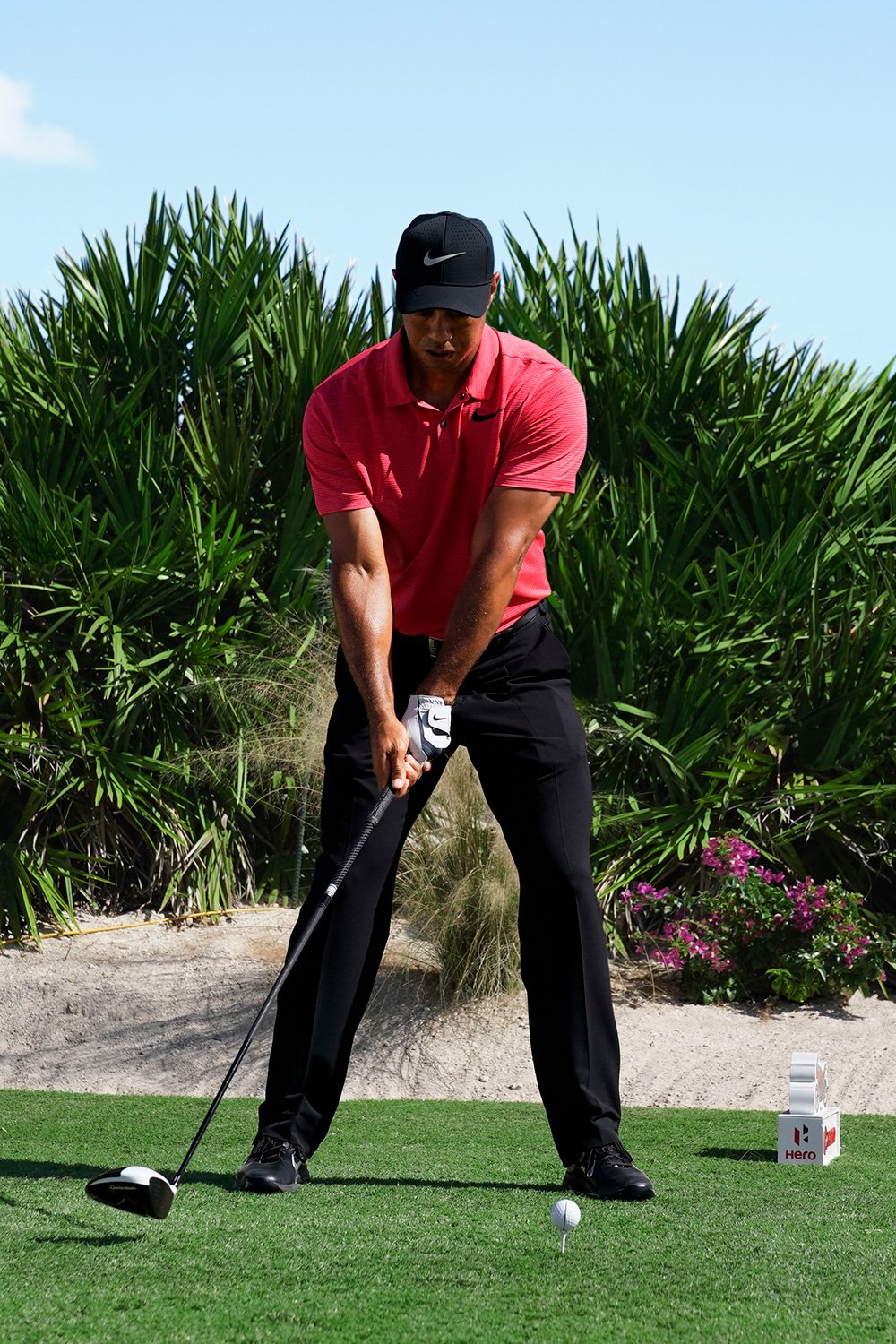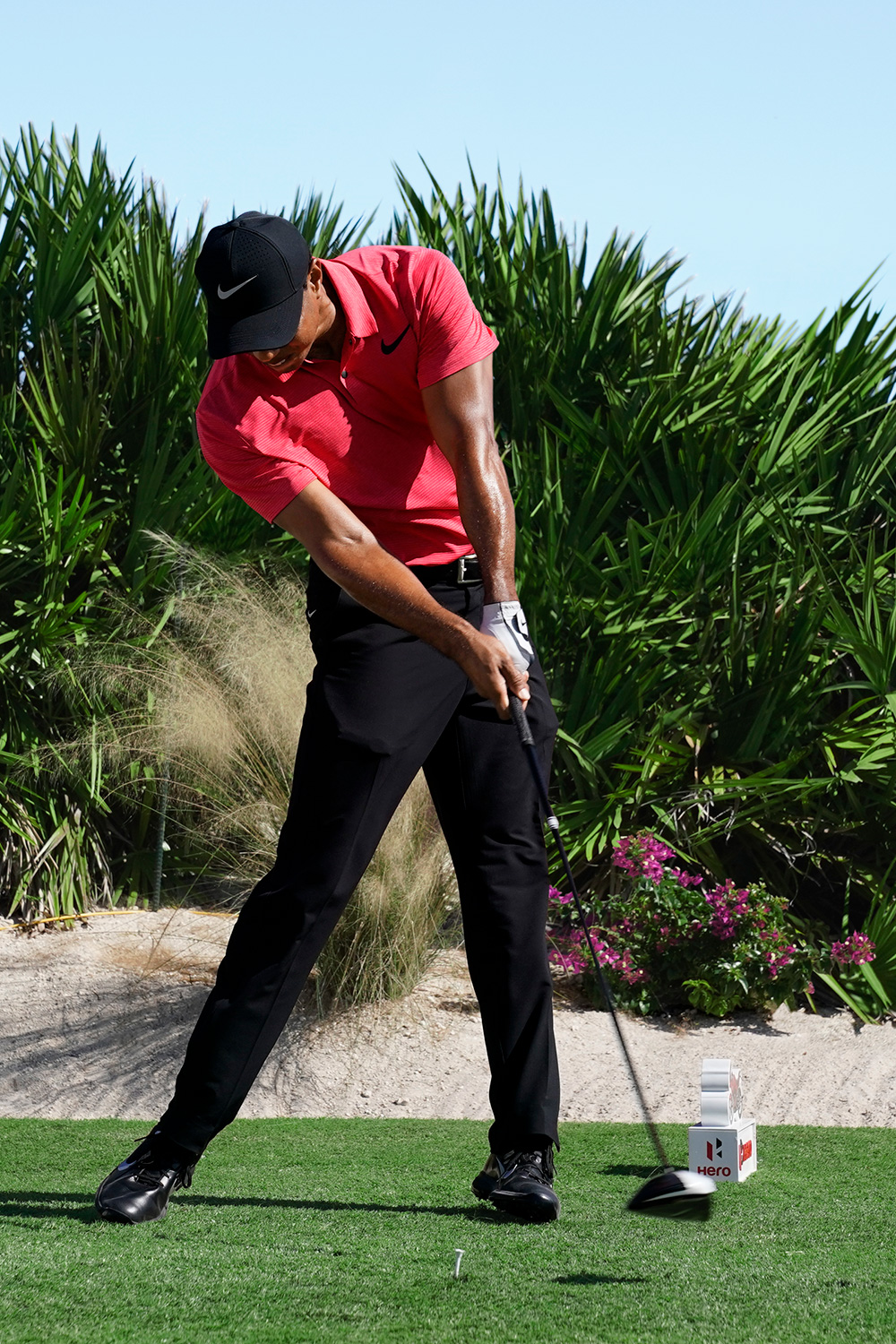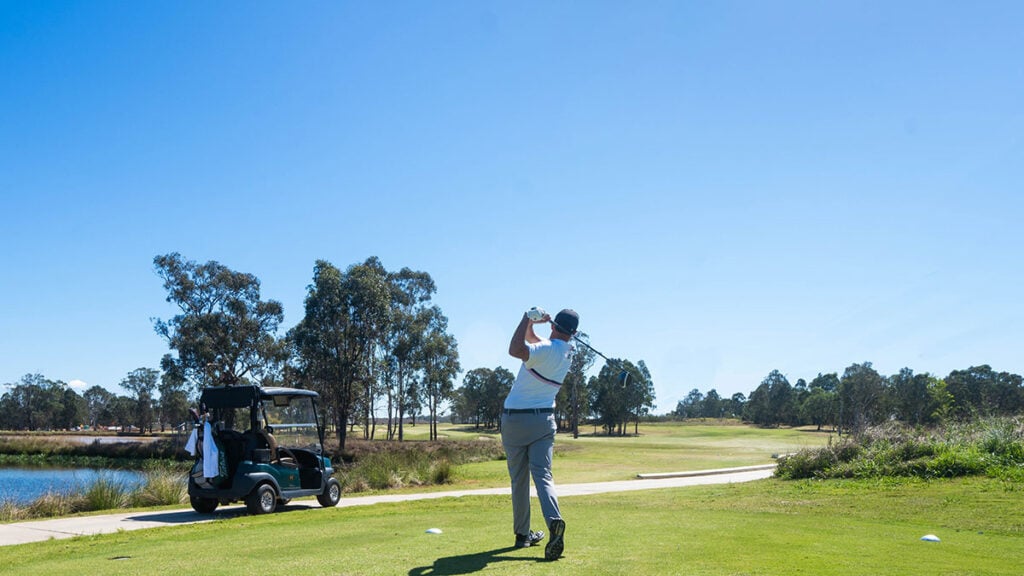From 2004 to 2010 I had a front-row seat while the best player of all time hit thousands of balls – on practice ranges from Florida to China and at Major championships from Augusta National to St Andrews. I’m proud of the record Tiger Woods accumulated during that time. From July 2006 to May 2010, he won 47 percent of his starts, and finished inside the top-10 85 percent of the time. I’ve seen him hitting the ball as well as anybody who ever played, like in the 2006 British Open at Hoylake, where he hit only three less-than-perfect shots the entire week. And I’ve watched him grind out wins when he didn’t have his best stuff.

The stats don’t lie, and I’ve spent a lot of time studying them. They’ve gotten more comprehensive in the years after we worked together with the addition of the strokes-gained categories in relation to the field (total strokes,

tee shots, approaches, putting, etc.). When applied retroactively to the seasons from 2004 to 2010, they verify what I experienced: Tiger led the tour in the strokes gained/total stat every full season – and he had three seasons with a strokes-gained total of more than 3.0. To put that in perspective, no leader has been better than 2.41 strokes since 2010. At his best, Tiger was 12 shots better than the field average in any given tournament. That’s really impressive.
Tiger has always been determined to improve his weaknesses, and the driver is one place he has focused a lot of attention over the years. Following the strokes gained/off-the-tee statistic from 2004 until now traces a very realistic path of how he has felt about that club. From 2004 to 2009, he had three seasons where he was eighth or better in that stat, and the lowest he finished was 41st. But over the years, his fear of the big miss has caused him to get more conservative, less confident and hit driver less often. By 2013,

the last full season he played (16 US PGA Tour events), he ranked 127th in strokes gained/off-the-tee while averaging 293 yards per drive. That was five yards shorter than his average in 2000, when he was using a much smaller driver (260 cubic centimetres) and still led the tour in total driving.
This history lesson of Tiger’s performance with the driver is relevant because of the way he’s swinging now. Granted, he’s only a handful of tournaments into this comeback, but it has been very interesting to study Tiger’s latest competition swings. I see some familiar elements, and some new ones that work better for a golfer with a fused spine.
For starters, he has made two adjustments that have really helped. One is that his grip isn’t as strong as it was over the past few years. It’s closer to neutral, a better match for the swing he’s making now. I also like that he has turned his right foot out a little at address (swing-sequence photo 1, above). He used to

have it almost perpendicular with the target line. He’s now able to make a little lateral shift away from the target, and his backswing turn isn’t restricted.
Another thing I like is his one-piece takeaway (photo 2). Everything is working together. Combined with that move off the ball, his upper body is turning and his arms and club are going back as one unit. The club is moving up (photo 3), and the face is opening slightly – but it’s a natural movement.

What I see when he reaches the top of his swing makes me believe he can be great again. His left arm is much higher than it was over the past few years, and the shaft is pointed left of the target line (top) – which is where it should be because the club’s shaft stops short of parallel (swing sequence photo 4). In recent years, Tiger’s left arm was lower, his left wrist was cupped, and the club went across the line at the top and pointed to the right of the target. From there, he would always struggle with two-way misses left and right of the fairway. But here, he’s getting to the top in position to get the club down in front of him with some good body motion. I watched him do that for six years when he was dominating.

Another important change from recent years can be seen in the downswing. Before this last surgery, he tended to lose his levels, meaning his upper body noticeably dipped from its height at address. But the downswing I see in these photos says a lot about how much his driver swing has improved. His head has lowered here, but it’s mostly just ducking (photo 5). His upper body isn’t scrunching down like it did when he was really struggling off the tee. This same photo shows another big recent difference. I’ve always been interested in where Tiger’s eyes are looking at this point. Here, he’s looking 10 to 12 inches behind the ball – which is appropriate when you’re trying to hit slightly up on a driver. When Tiger’s club comes from too far inside, his head tilts back more at impact, as much as three feet behind the ball – which also produces more of a reverse-C finish with his spine noticeably curved. Here his finish is a lot more upright (photo 6). Whether he’s doing this to protect his back or he’s forced to finish upright because of the fusion, it’s a positive change.


As I write this, it has been nearly five years since Tiger won a tournament, and he wasn’t able to practise without pain until late last year. Add in the various surgeries Tiger has had on his back and knees, had on his back and knees, and the fact that he’s now 42, and it’s easy to understand why so many people were sceptical about whether he would be able to seriously compete with the game’s best.
I wasn’t one of those people.

When I saw Tiger’s first full-speed swings late last year, I said he could win again. And he nearly did, at the Valspar Championship. He clearly has enough distance to compete, and his swing seems to be easier on his back and more conducive to consistently keeping it in play. I’m excited to see what happens next.
– with Matthew Rudy




